

.....
 .......... ABRACADABRA
.......... ABRACADABRAIt's not perfect , but you get the idea


FROM: Mystics and Saints of Islam by Claud Field - Project Gutenberg p106
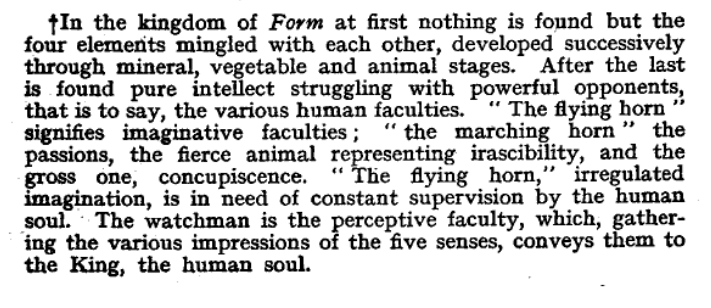








 .......... ABRACADABRA
.......... ABRACADABRA













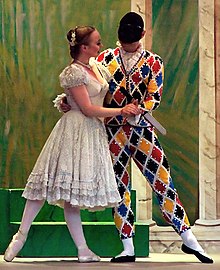
 ], most frequently used in Chinese xinyuanyima 心猿意馬 and Japanese ibashin'en 意馬心猿. The "Monkey King" Sun Wukong in the Journey to the West personifies the mind-monkey.
], most frequently used in Chinese xinyuanyima 心猿意馬 and Japanese ibashin'en 意馬心猿. The "Monkey King" Sun Wukong in the Journey to the West personifies the mind-monkey.
 Journey of the Sorcerer - Eagles - YouTube
Journey of the Sorcerer - Eagles - YouTube ) or avioncito meaning little plane ("probably because of the shape"). In Puerto Rico it is called "peregrina" (meaning "pilgrim"- female noun). In Romania the game is called șotron and is widely played by children all over the country. In Brazil it is called amarelinha. The name evolved from marelle, the French name for the game, but was identified to the radical amarelo (yellow) and its diminutive in -inho/a. In Breton, the name is reg or delech. The Albanian variant is called rrasavi, which is composed of two words: rrasa ("the flat stone", an object used to play the game) and vi ("line", a reference to the lines that comprise the diagram of the course). In Philippines, hopscotch is called "piko" (pee-ko).
) or avioncito meaning little plane ("probably because of the shape"). In Puerto Rico it is called "peregrina" (meaning "pilgrim"- female noun). In Romania the game is called șotron and is widely played by children all over the country. In Brazil it is called amarelinha. The name evolved from marelle, the French name for the game, but was identified to the radical amarelo (yellow) and its diminutive in -inho/a. In Breton, the name is reg or delech. The Albanian variant is called rrasavi, which is composed of two words: rrasa ("the flat stone", an object used to play the game) and vi ("line", a reference to the lines that comprise the diagram of the course). In Philippines, hopscotch is called "piko" (pee-ko).








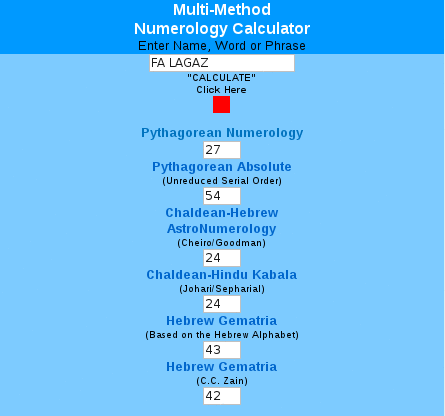




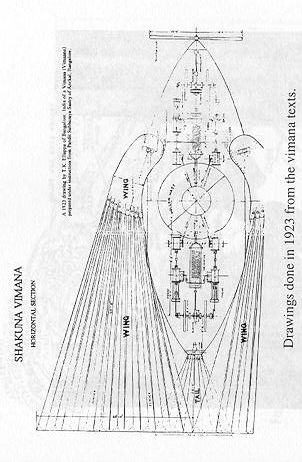


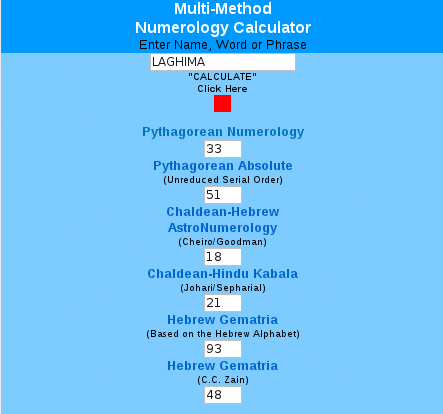






 ) and contemplate their place in the universe.
) and contemplate their place in the universe.
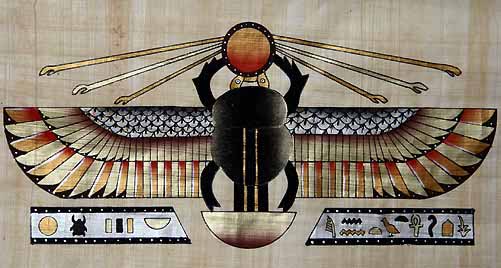



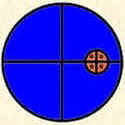
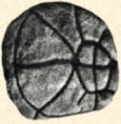
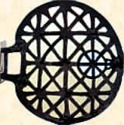
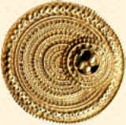
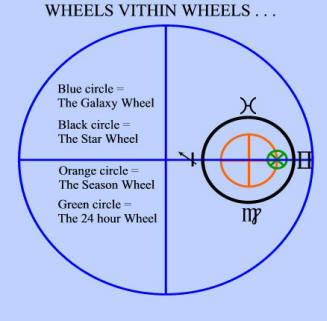
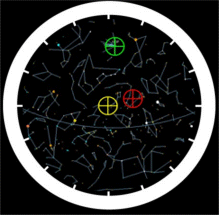

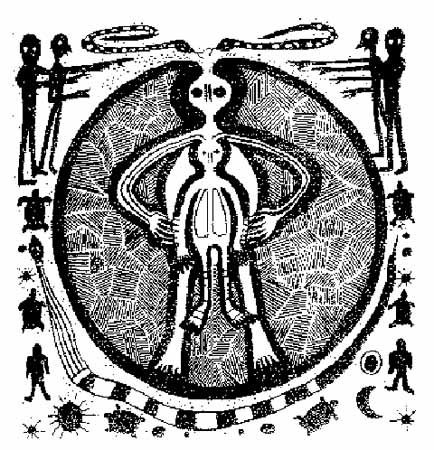


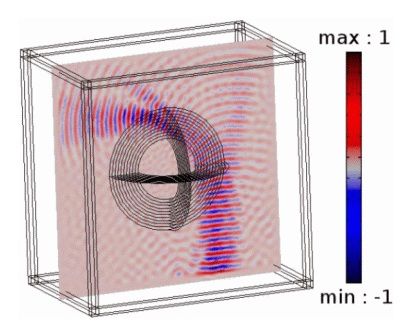












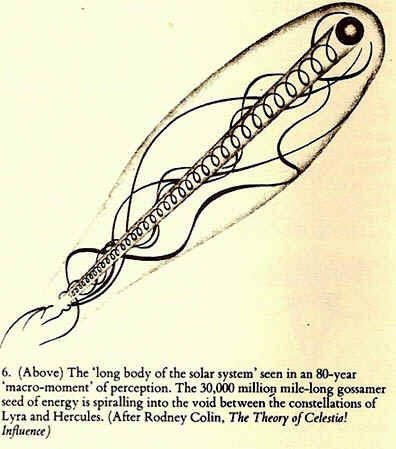

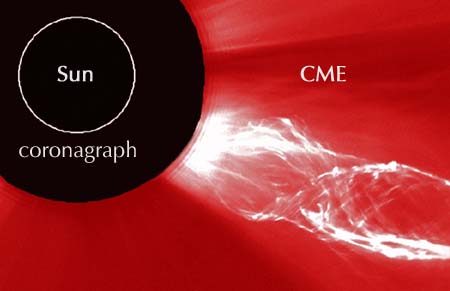







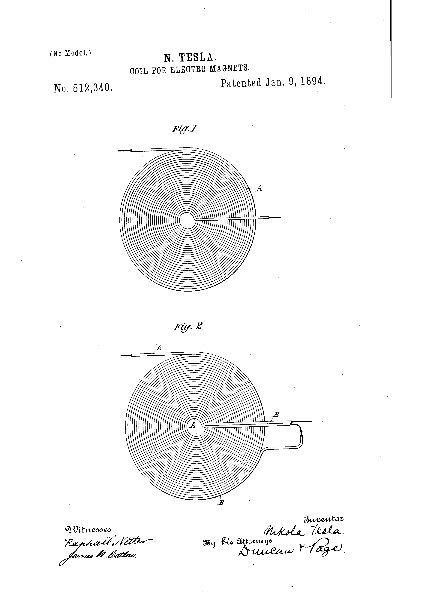

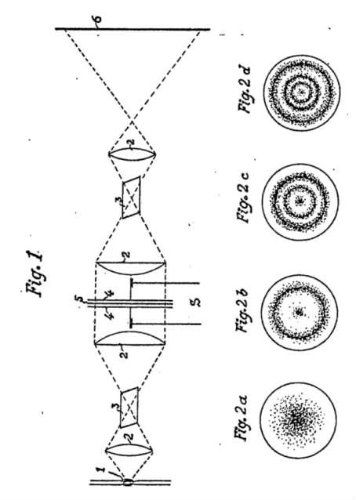




























 ... wanted to add him to the list
... wanted to add him to the list 




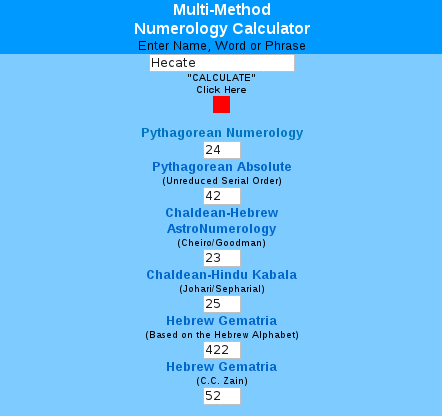

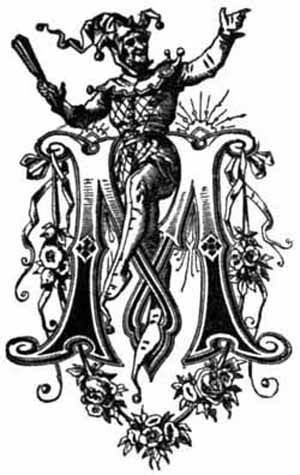

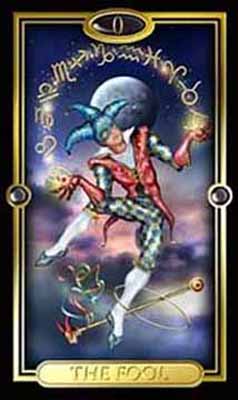


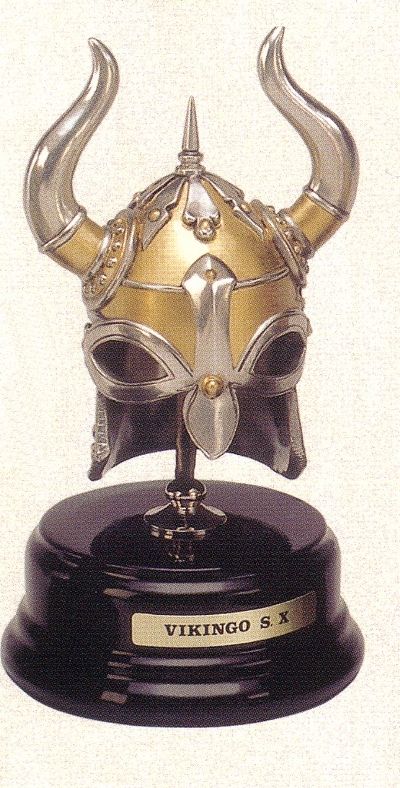






Comment